From Brunei and Laos to Malaysia and Vietnam, there are 11 countries in Southeast Asia; here’s everything you need to know!
“Southeast Asia has a real grip on me. From the very first time I went there, it was a fulfillment of my childhood fantasies of the way travel should be.”
Anthony Bourdain, Chef and Traveller.
Anthony Bourdain (one of the all-time great world travellers) had it right when he said: “Southeast Asia has a real grip on me”. Stretching from the highlands of Vietnam to the tropics of Borneo, from the very first moment I stepped foot in the region on one of my first long-haul trips back in 2009, Southeast Asia had a real grip on me too.
That trip would fuel my desire to be a travel writer, as I traversed pot-holed Cambodian roads on rusty motorbikes and island-hopped around remote Indonesian provinces on hulking ferries that had seen better days. The same trip also sparked my interest in geopolitics and Southeast Asian history. Originally, I’d intended to travel the well-trodden route through countries like Thailand and Malaysia, but my younger self was excited at the realisation of just how expansive the region is.
Soon enough, I was crossing borders into Burma (Myanmar), planning trips to Borneo and visiting little-known nations like Timor-Leste as I searched out the most intriguing places that Southeast Asia has to offer. Along the way, I began to untangle the web of boundaries that define the region, as I sought to understand where Southeast Asia begins and where it truly ends. Can India be considered a Southeast Asian nation, for example, and why is Papua New Guinea in Oceania rather than Asia?
To help you make the most of your time here, I’ve decided to answer that burning question: ‘How many countries are in Southeast Asia?’. Keep reading, to find out more!
Table of Contents
How many countries are in Southeast Asia?
Southeast Asia is home to 11 countries in total. A geographically distinct region, this Asian subdivision lies to the south of China, east of India and north of Australia. It’s bordered by the Pacific Ocean to the east and the Indian Ocean to the west. The region encompasses two main geographical areas: the Asian mainland and the islands and archipelagos to the south and east, including parts of the Malay Archipelago.
The 11 Southeast Asian countries are as follows:
- Brunei Darussalam
- Cambodia
- Indonesia
- Laos
- Malaysia
- Myanmar (Burma)
- Philippines
- Singapore
- Thailand
- Timor-Leste (East Timor)
- Vietnam
Home to some 700,000 million people, the concept of Southeast Asia as a subdivision of Asia arises from a mix of geographical, cultural, historical and ecological factors. Geographically, the region is unified by its tropical climate and distinct features such as extensive coastlines, dense forests, and numerous islands, which have profoundly influenced its development and way of life. Culturally and linguistically, Southeast Asia is home to indigenous influences which are interwoven with significant historical impacts from India and China. The spread of Hinduism, Buddhism, and Islam has played a pivotal role in shaping regional identities, for example.
Historically, the region was a crucial component of the trade routes between China and India. The colonial era further influenced the region’s political and economic structures, with European powers such as the British, French, Dutch and Spanish establishing control over different parts. Ecologically, Southeast Asia is noted for its significant biodiversity, boasting one of the highest levels of biodiversity in terrestrial and marine ecosystems, which are central to the region’s agriculture, tourism, and local lifestyles.
In the post-World War II era, the emergence of regional alliances like the Association of Southeast Asian Nations (ASEAN) has further cemented the identity of Southeast Asia as a distinct region. ASEAN fosters political and economic cooperation among its members, providing a collective voice in global affairs. This convergence of natural boundaries and human interactions over centuries has evolved Southeast Asia into a region with a unique identity and significant global relevance.
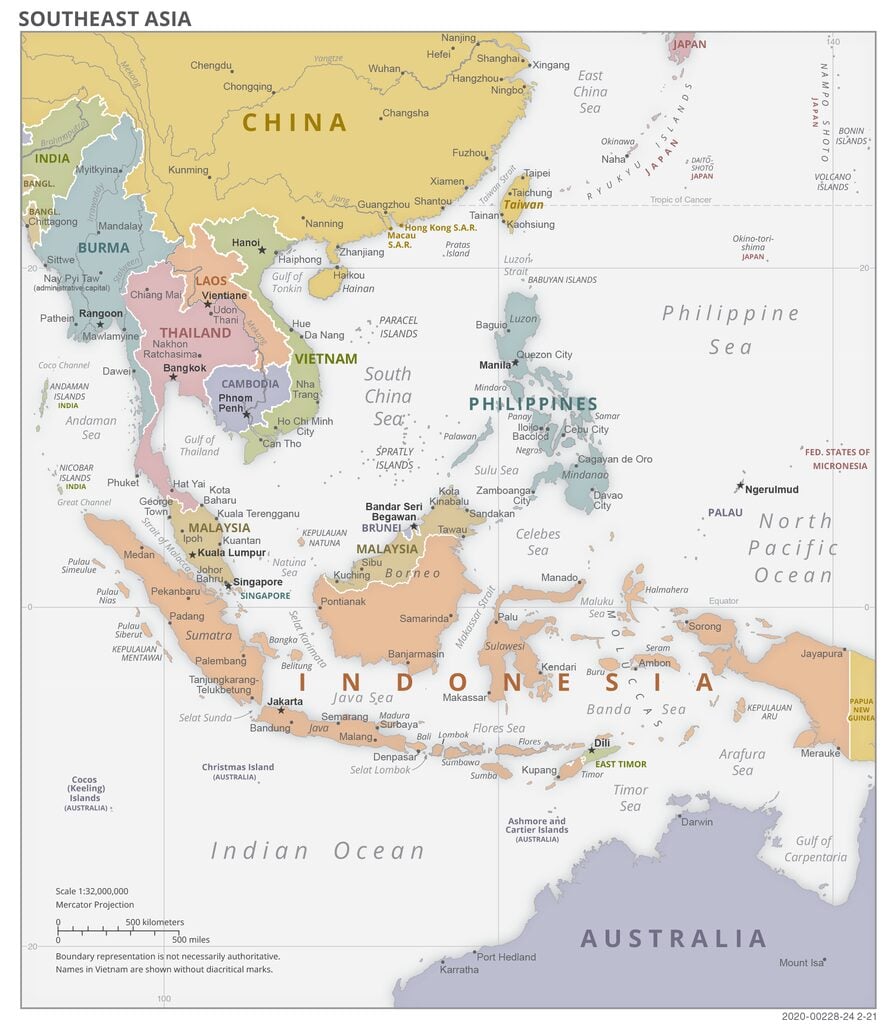
Read more: How Many Countries Are in the Middle East? Everything You Need to Know.
What’s the geographical definition of Southeast Asia?
The geographical boundaries of Southeast Asia are defined by natural landforms and bodies of water like the Pacific Ocean. The region’s boundaries are typically defined as follows:
- Northern Boundary: To the north, Southeast Asia is bordered by China. The boundary is often considered to be the southern edge of the Tibetan Plateau, extending through the mountains of Northern Myanmar and into the thick jungles of Northern Thailand and Laos, marking a transition zone between the temperate regions of East Asia and the tropical landscapes of Southeast Asia.
- Western Boundary: The western limit is generally marked by the border with South Asia (specifically, India and Bangladesh), following the mountain ranges of the eastern edge of the Indian subcontinent, such as the Arakan Mountains in Myanmar. The Bay of Bengal also serves as a natural maritime boundary to the west.
- Eastern Boundary: The eastern boundary is less clearly defined due to the archipelagic nature of part of the region but is often considered to be the Philippine Sea to the east of the Philippines, and the waters around the Indonesian archipelago that separate it from Papua New Guinea to the east and Australia to the southeast.
- Southern Boundary: The Java Sea and the Timor Sea, along with a series of straits including the Strait of Malacca, form the southern boundaries, separating the region from Australia. The southernmost point of the mainland is the Malay Peninsula, while islands like Java and Timor mark the transition to the Australian continent.
- Northeastern Boundary: The South China Sea functions as a northeastern boundary, separating mainland Southeast Asia from the East Asian countries like Taiwan and the Philippines from China to the north.
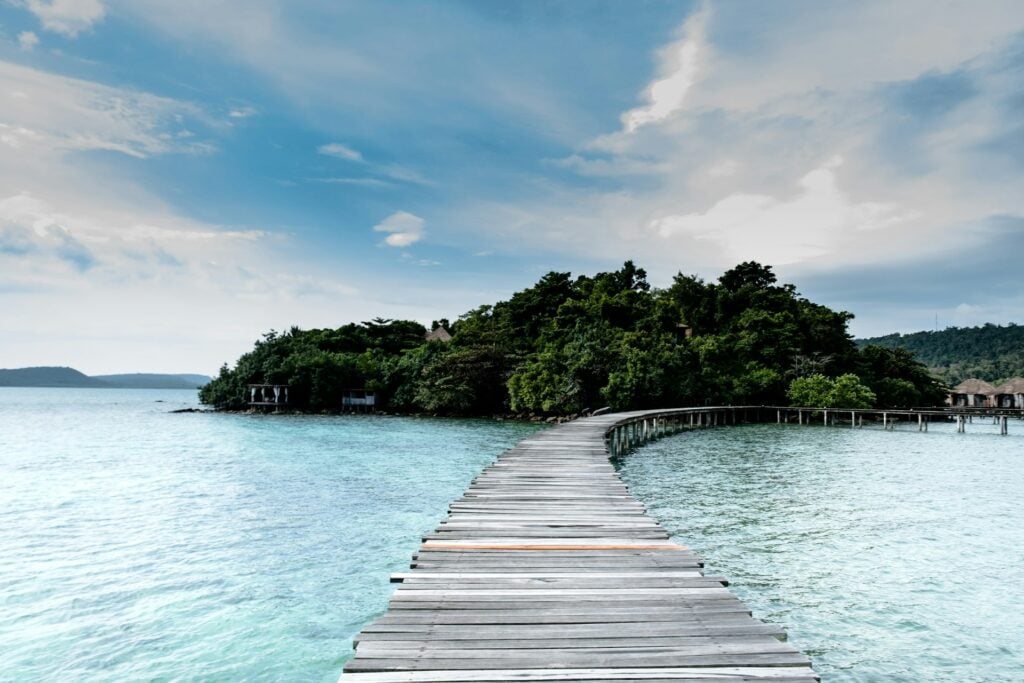
Read more: How Many Countries in Central Asia? Everything You Need to Know.
How many countries are in ASEAN?
The Association of Southeast Asian Nations (ASEAN) is a regional intergovernmental organisation comprising ten Southeast Asian countries, established on 8 August 1967. It’s a good way to measure how many countries are in Southeast Asia, however, the organisation does not include Timor-Leste (at least for now).
ASEAN was formed to promote political and economic cooperation and regional stability among its members. The organisation plays a role in regional affairs, fostering economic growth, social progress and cultural development among its members, and ensuring peace and stability in the region through adherence to the rule of law and the principles of the United Nations Charter.
The ten member countries of ASEAN are:
- Brunei Darussalam
- Cambodia
- Indonesia
- Laos
- Malaysia
- Myanmar
- Philippines
- Singapore
- Thailand
- Vietnam
ASEAN’s establishment was primarily driven by the desire to improve economic growth and political stability in the region, promote peace and collaboration among neighbours, and create a platform for continuous dialogue and cooperation in facing regional challenges. Over the years, ASEAN has grown not just as a political entity but also as a significant economic bloc and a pivotal player in Asia-Pacific regional diplomacy and global affairs.

Read more: How Many Countries are in Oceania? Everything You Need to Know.
Are there any overseas territories or dependencies in Southeast Asia?
In Southeast Asia, the concept of overseas territories or dependencies – as understood in the context of territories overseen by a foreign sovereign state – is now relatively rare compared to other regions like the Caribbean or the Pacific.
Southeast Asia’s political landscape is primarily made up of sovereign countries that have gained independence from colonial powers throughout the 20th century. However, there are a few areas with unique statuses or historical contexts that could be considered akin to territories or dependencies, though they don’t fit the definition in the traditional sense of non-sovereign territories.
One notable example is Hong Kong, a Special Administrative Region (SAR) of China. While not in Southeast Asia geographically, it’s often involved in the region’s economic and cultural exchanges. Hong Kong maintains a separate governing and economic system from mainland China under the principle of ‘one country, two systems.’ This unique status is a result of its history as a British colony until 1997.
Within the Southeast Asian region, there are no current overseas territories or dependencies as defined by territories governed by a country that is not geographically part of Southeast Asia. However, the region’s history is packed with examples of colonial and external influence, from the British in Burma (Myanmar) and Malaysia, the French in Indochina (Vietnam, Laos, and Cambodia), the Dutch in Indonesia and the Americans in the Philippines. Today, these influences are seen more through cultural, economic, and political ties rather than direct governance.
It’s also worth noting the presence of external territories near the region, such as Christmas Island and the Cocos (Keeling) Islands, which are Australian external territories located in the Indian Ocean, closer to Indonesia than to the Australian mainland. These territories are administered by Australia but are geographically closer to Southeast Asia.
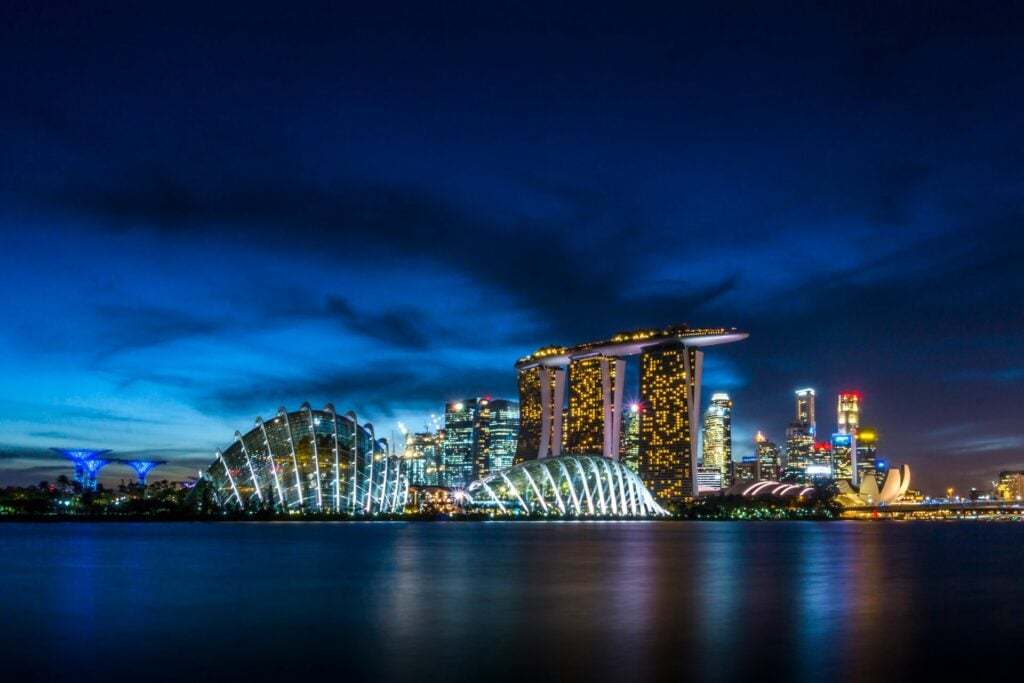
Read more: How Many States in Australia? Everything You Need to Know About Australian States and Territories.
Are there disputed regions in Southeast Asia?
Southeast Asia is home to several disputed regions, with conflicts often rooted in historical claims, colonial legacies, and nationalistic sentiments. These disputes involve land boundaries, maritime boundaries, and sovereignty issues.
Some of the most notable disputes include:
South China Sea Disputes
One of the most complex and contentious disputes involves the South China Sea, a strategic and resource-rich maritime area. Several Southeast Asian nations, including the Philippines, Vietnam, Malaysia, Brunei, and Indonesia, have overlapping claims with each other and with China and Taiwan. The disputes are over various islands, reefs, and atolls, including the Spratly and Paracel Islands. These disputes are exacerbated by national security concerns, access to fishing grounds, and potential oil and gas reserves.
Thai-Cambodian Border Dispute
The border area between Thailand and Cambodia has been a flashpoint for conflict, particularly around the Preah Vihear Temple, an ancient Hindu temple situated on a cliff in the Dângrêk Mountains. Both countries have laid claim to the temple and surrounding areas, leading to military skirmishes and a prolonged legal battle at the International Court of Justice.
Sabah Dispute
Sabah, a Malaysian state on the island of Borneo, is claimed by the Philippines. This claim is based on historical links to the Sultanate of Sulu, which had sovereignty over the region before British colonization. Malaysia, however, maintains that Sabah is legally part of its territory following an agreement with the British and a subsequent referendum.
Timor-Leste and Australia Maritime Boundary
The maritime boundary between Timor-Leste (East Timor) and Australia has been a subject of contention. The dispute centred on the rights to exploit underwater oil and gas reserves in the Timor Sea. A treaty signed in 2018 aimed to resolve the dispute, marking a significant step towards equitable resource sharing.
These disputes are indicative of the intricate and often delicate balance of regional relations in Southeast Asia. Efforts to resolve these issues involve bilateral and multilateral negotiations, legal arbitration, and in some cases, international mediation.

Read more: Is East Timor a Country? Everything You Need to Know.
Is China in Southeast Asia?
China is not part of Southeast Asia. It’s located in East Asia, bordering several Southeast Asian countries to its south, including Vietnam, Laos, and Myanmar. China is significantly larger both in terms of land area and population and has a distinct cultural, historical and political landscape.
Southeast Asia, as a region, comprises countries that are south of China and east of India, characterised by its distinct geographical, cultural and historical identity. However, China has substantial economic, political, and historical ties with Southeast Asia, influencing the region through trade, investment, and sometimes territorial claims, notably in the South China Sea. These connections make China a key player in Southeast Asian affairs, despite it not being geographically part of the region.
Read more: How Many Countries in South Asia? Everything You Need to Know.
Is Papua New Guinea in Southeast Asia?
Papua New Guinea is not considered part of Southeast Asia. It is located to the east of Indonesia, occupying the eastern half of the island of New Guinea and numerous offshore islands in the Pacific Ocean. Papua New Guinea is geographically situated in the region known as Oceania, specifically in Melanesia, which distinguishes it from the Southeast Asian nations both geographically and culturally.
While it shares a border with Indonesia’s provinces of Papua and West Papua on the island of New Guinea—a country that is part of Southeast Asia — Papua New Guinea itself is categorised differently due to its distinct cultural, historical and geographical characteristics. The country’s affiliation with the Pacific Islands Forum, rather than the Association of Southeast Asian Nations (ASEAN), further underscores its regional alignment with the Pacific Islands rather than Southeast Asia.
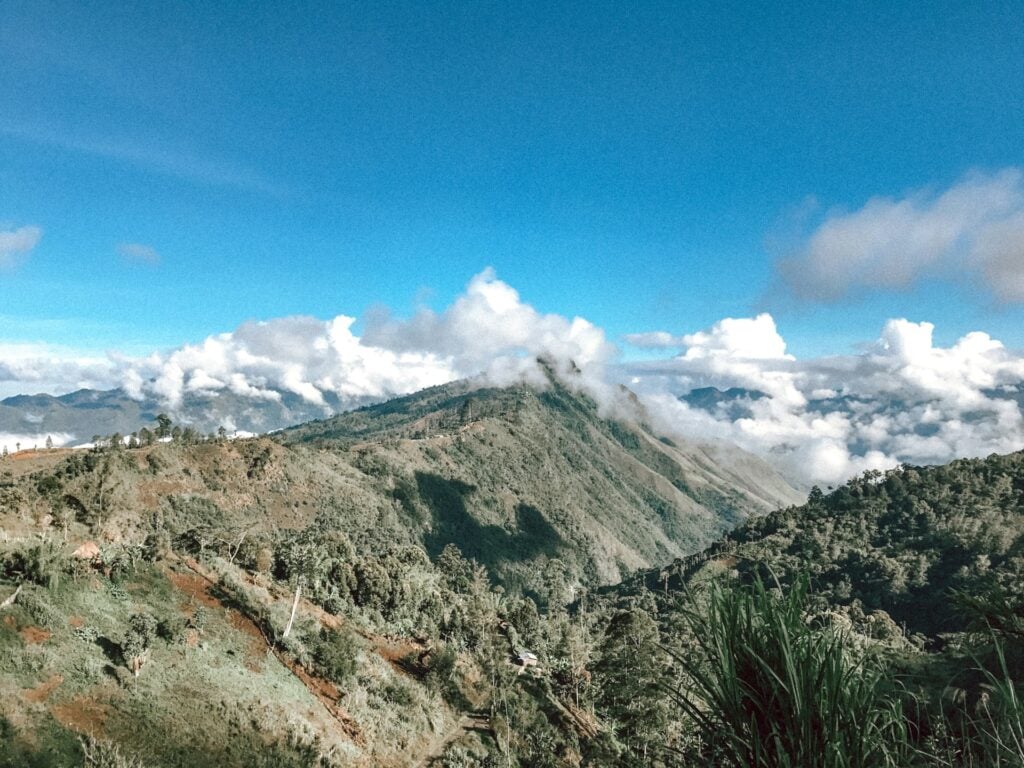
Is India in Southeast Asia?
India is not part of Southeast Asia; it is located in South Asia. The country is bordered by several countries, including Bangladesh, Bhutan, China, Nepal and Pakistan, with maritime borders with Sri Lanka and the Maldives. India’s geographical location, cultural heritage, and historical background distinguish it from the Southeast Asian region.
Southeast Asia is to the east of India and is defined by a group of countries that include Myanmar (Burma), Thailand, Malaysia, Singapore, Indonesia, Vietnam, Brunei, Philippines, Laos, Cambodia and Timor-Leste. These countries share certain historical, cultural, and geographical characteristics distinct from those of India.
However, India shares significant historical, cultural, and economic ties with Southeast Asian countries, influenced by the spread of Hinduism and Buddhism, maritime trade, and colonial history. In contemporary times, India engages with Southeast Asia through various diplomatic and economic initiatives, such as the ‘Act East‘ policy, aimed at strengthening relations with the Southeast Asian region and its collective organisations, notably the Association of Southeast Asian Nations (ASEAN).
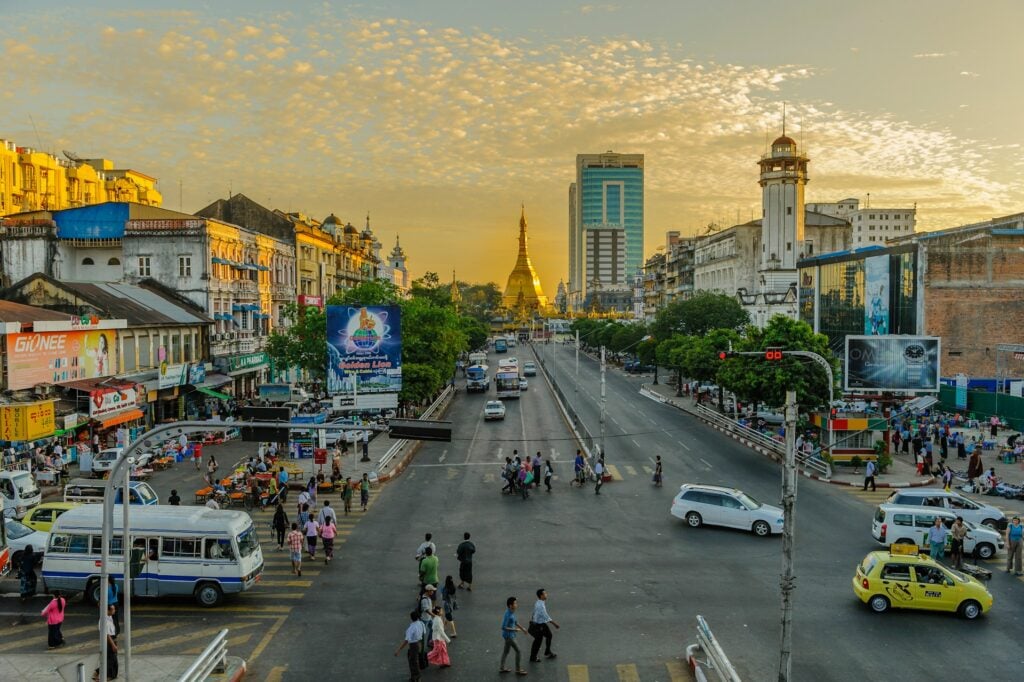
Read more: How Many Countries in East Asia? Everything You Need to Know.
How many countries are in Asia?
Southeast Asia is, of course, a subdivision of Asia, the world’s largest and most populous continent. The wider definition of Asia comprises 50 countries (although there is some contention about this number, given that Taiwan and Palestine are only partially recognised countries!).
The continent is often divided into several regions for more detailed study: Central Asia, East Asia, South Asia, Southeast Asia, and Western Asia (also known as the Near East, or the Middle East).
Here’s a breakdown by region:
- Central Asia (5 countries): Kazakhstan, Kyrgyzstan, Tajikistan, Turkmenistan, Uzbekistan.
- East Asia (6 countries): China, Japan, Mongolia, North Korea, South Korea, Taiwan.
- South Asia (9 countries): Afghanistan, Bangladesh, Bhutan, India, Maldives, Nepal, Pakistan, Sri Lanka.
- Southeast Asia (11 countries): Brunei, Cambodia, Indonesia, Laos, Malaysia, Myanmar, Philippines, Singapore, Thailand, Timor-Leste, Vietnam.
- Western Asia (19 countries): Armenia, Azerbaijan, Bahrain, Cyprus, Georgia, Iraq, Israel, Jordan, Kuwait, Lebanon, Oman, Palestine, Qatar, Russia, Saudi Arabia, Syria, Turkey, United Arab Emirates, Yemen.
Some countries, like Russia and Turkey, straddle two continents (Asia and Europe) but are generally considered part of Asia due to significant portions of their landmass being located there.
The classification of countries can vary slightly depending on the context in which they are being discussed, but the above provides a commonly accepted division by region within Asia as per the United Nations geoscheme and with the addition of partially recognised countries.
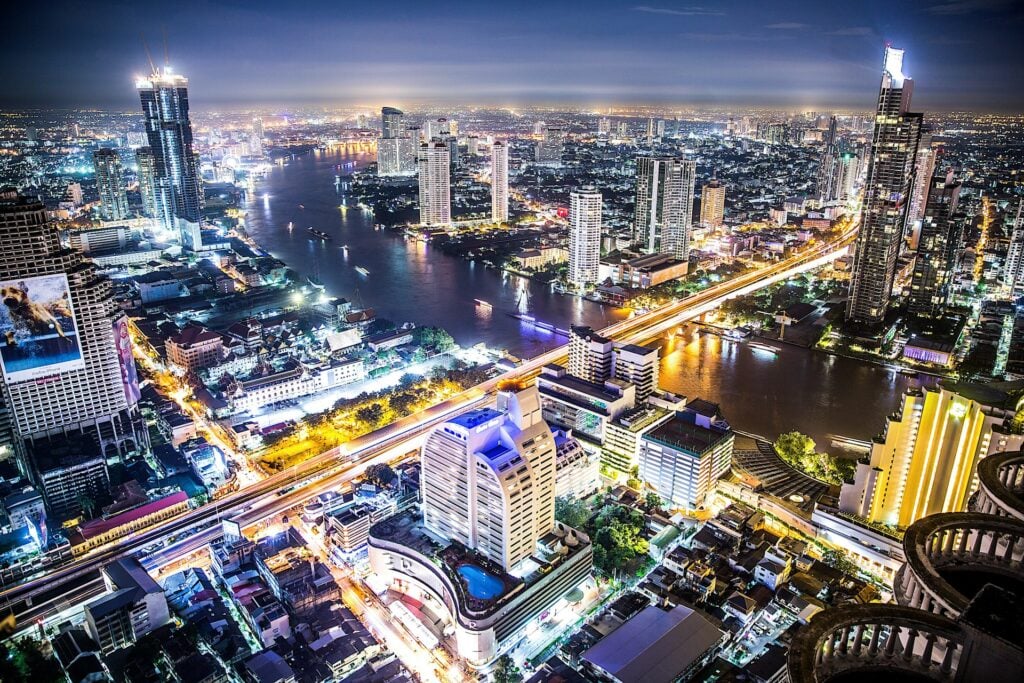
Read more: How Many Countries in Asia? Everything You Need to Know.
So, how many countries are in Southeast Asia?
In conclusion, Southeast Asia is a diverse region comprising 11 countries, each with its unique cultural, historical and geographical characteristics. From the cities of Singapore and Kuala Lumpur to the lush landscapes of Indonesia and the Philippines, understanding the number and nature of these countries not only enhances our appreciation of Southeast Asia but also underscores its significance on both regional and global stages.
FAQ: How many countries are in Southeast Asia?
Here’s an FAQ on the topic, ‘How many countries are in Southeast Asia?’:
Q1: How many countries are there in Southeast Asia?
A1: Southeast Asia consists of 11 countries.
Q2: What are the countries that make up Southeast Asia?
A2: The countries in Southeast Asia are Brunei, Cambodia, Indonesia, Laos, Malaysia, Myanmar, Philippines, Singapore, Thailand, Timor-Leste (East Timor), and Vietnam.
Q3: Is Timor-Leste considered part of Southeast Asia?
A3: Yes, Timor-Leste (East Timor) is considered part of Southeast Asia. It gained independence from Indonesia in 2002 and is recognised as one of the region’s countries.
Q4: Are there any dependencies or territories in Southeast Asia?
A4: Southeast Asia is primarily composed of sovereign countries, with no territories or dependencies as typically defined in the context of overseas territories governed by a foreign sovereign state.
Q5: Does Southeast Asia include parts of China or India?
A5: No, Southeast Asia does not include parts of China or India. China is located in East Asia, while India is in South Asia. Both are neighbouring regions but distinct from Southeast Asia in terms of geography and regional classification.
Q6: Is Papua New Guinea a part of Southeast Asia?
A6: No, Papua New Guinea is not part of Southeast Asia. It is located in the region known as Oceania, specifically within Melanesia, and shares a border with Indonesia on the island of New Guinea.
Q7: How is Southeast Asia geographically defined?
A7: Geographically, Southeast Asia is defined as the region south of China, east of India, and north of Australia. It includes both mainland and maritime countries, spanning across the Indochinese peninsula and the islands situated in the South China Sea and the Pacific Ocean.
Q8: Are there any disputed regions within Southeast Asia?
A8: Yes, there are disputed regions within Southeast Asia, especially concerning maritime boundaries and island sovereignty. The South China Sea disputes are the most notable, involving multiple Southeast Asian countries and China.
Q9: How does ASEAN relate to Southeast Asia?
A9: The Association of Southeast Asian Nations (ASEAN) is a regional intergovernmental organization comprising all 10 Southeast Asian countries (excluding Timor-Leste). ASEAN promotes political and economic cooperation and regional stability among its members.
Q10: Can the number of countries in Southeast Asia change?
A10: The number of recognised countries in Southeast Asia is based on current geopolitical realities and international recognition. While unlikely to change frequently, the number could theoretically alter due to significant geopolitical events, such as a country gaining independence.



Recent Comments